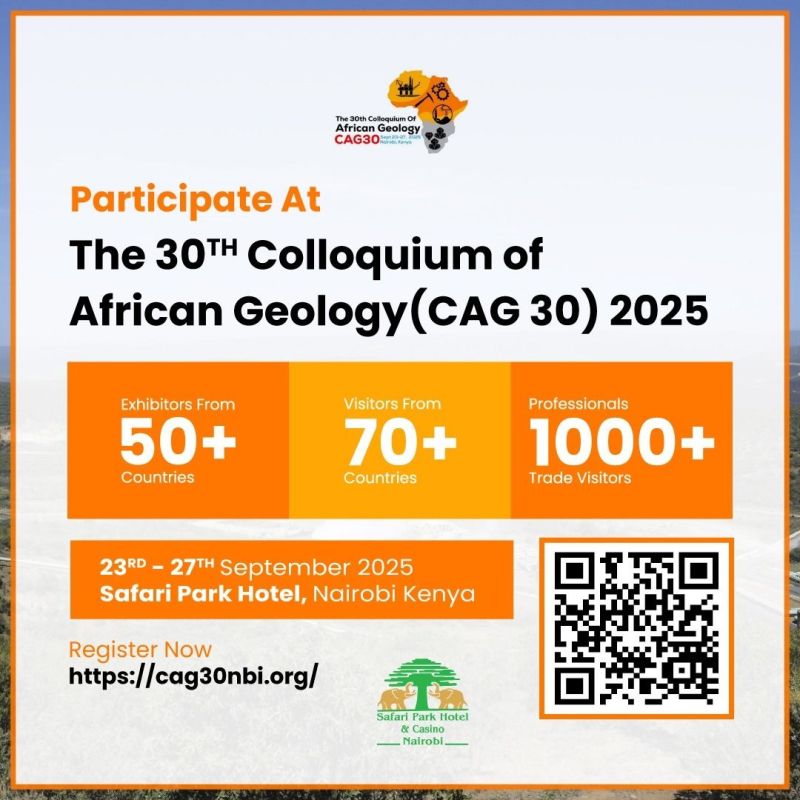In the face of economic pressure and uncertainty, South Africa’s residential property market continues to demonstrate notable resilience. While not immune to headwinds, the sector is evolving—driven by affordability, demographic shifts, and strategic buyer behaviour.
A symbol of long-term stability, the local housing market is adjusting to the times. According to recent FNB research, the average time that homes spent on the market showed slight movement—down to 11 weeks in Q4 2024, before edging back up to 12 weeks and one day in Q1 2025. While this sits below the long-term norm of 13 weeks, the fluctuating trend highlights a cautious but steady pulse rather than a boom.
Economic Reality Reshapes the Market
One of the defining forces in today’s market is financial strain. Nearly 26% of sellers in Q4 2024 cited financial pressure as their key reason for exiting the market—up from 23% in the previous quarter and significantly higher than the long-term average of 19% (since 2007).
“These are not luxury-driven sales,” says a local estate agent. “They’re driven by necessity, with homeowners adjusting expectations and pricing to match market realities.”
This trend has shifted the pricing narrative from aspirational to pragmatic. For many, selling at market value—or even slightly below—isn’t just smart strategy, it’s survival.

Key Trends Reshaping the Landscape
1. Downsizing & the Affordability Imperative
“Buy what you can afford” has become the new mantra. Economic uncertainty has seen a notable rise in homeowners downscaling to smaller or more affordable homes, prioritizing manageable monthly costs over luxury or excess.
2. First-Time Buyers Driving Activity
Data from Lightstone points to a striking shift: first-time buyers now outnumber repeat buyers, with almost 50% aged between 30 and 45, and 14% under 30. This marks a powerful statement of confidence in property, even amidst financial constraints.
3. Sectional Title on the Rise
Buyers are increasingly opting for sectional title homes for security, affordability, and convenience. The “lock-up-and-go” lifestyle is becoming more appealing in urban hubs and secondary cities alike, offering a strong return on both lifestyle and investment.
4. Rental Market Pressures & Strategy Shifts
Rental prices continue to rise faster than inflation, straining budgets across lower-income brackets. However, tenants are adapting by saving aggressively for larger deposits in hopes of securing a mortgage—aiming to escape the rental trap in a volatile economic environment.
PayProp data shows rental growth stabilising between 4.5% and 5%, with savvy tenants now viewing homeownership not just as a dream, but as a more affordable alternative in the long run.
House Price Growth: Real Recovery or Temporary Pause?
Nominal house prices have shown modest growth, but experts are hesitant to call it a recovery. Global and local uncertainties—ranging from a possible Trump presidency and trade tariffs to rand instability and revised GDP forecasts—mean any momentum could still be fragile.
“The environment is too unpredictable to call this a sustained upswing,” warns Geffen, a leading real estate analyst. “We need to wait and watch.”
The Western Cape: A Case Study in Stability
The Western Cape continues to outperform in many respects—bolstered by good governance, service delivery, and urban appeal. Rental growth and low vacancy rates underscore its attractiveness.
However, affordability concerns are creeping in. Soaring metro prices are pushing many buyers toward inland towns or reverse semigration, where better value can be found. Even reverse emigration—with South Africans returning from abroad—is contributing to demand.
“When people see their rates funding visible improvements, confidence grows,” notes Geffen.

Is It the Right Time to Buy?
With interest rates showing early signs of easing, many are taking the leap—especially first-time female buyers, who continue to lead this segment.
ooba, South Africa’s largest bond originator, recently recorded its highest-ever national average bond value, suggesting renewed activity at the upper end of the market. Nationally, homes in the R3m–R5m price band are seeing the most activity, while the Western Cape sweet spot ranges between R4m and R10m.
The luxury market, too, appears to be bouncing back, with buyers eyeing value amid global uncertainty.
Conclusion: Navigating the Now
South Africa’s property market is walking a tightrope between challenge and opportunity. For sellers, realism is vital. For buyers, affordability and timing are everything. For renters, the game is changing, and many are now positioning themselves to transition into ownership.
“Property remains one of the most secure long-term investments,” says Geffen. “But today, success depends on understanding the nuances—adapting to trends, acting strategically, and embracing realism.”
Whether you’re a buyer, seller, investor, or tenant, one thing is clear: the future belongs to those who move with insight, not just instinct.















